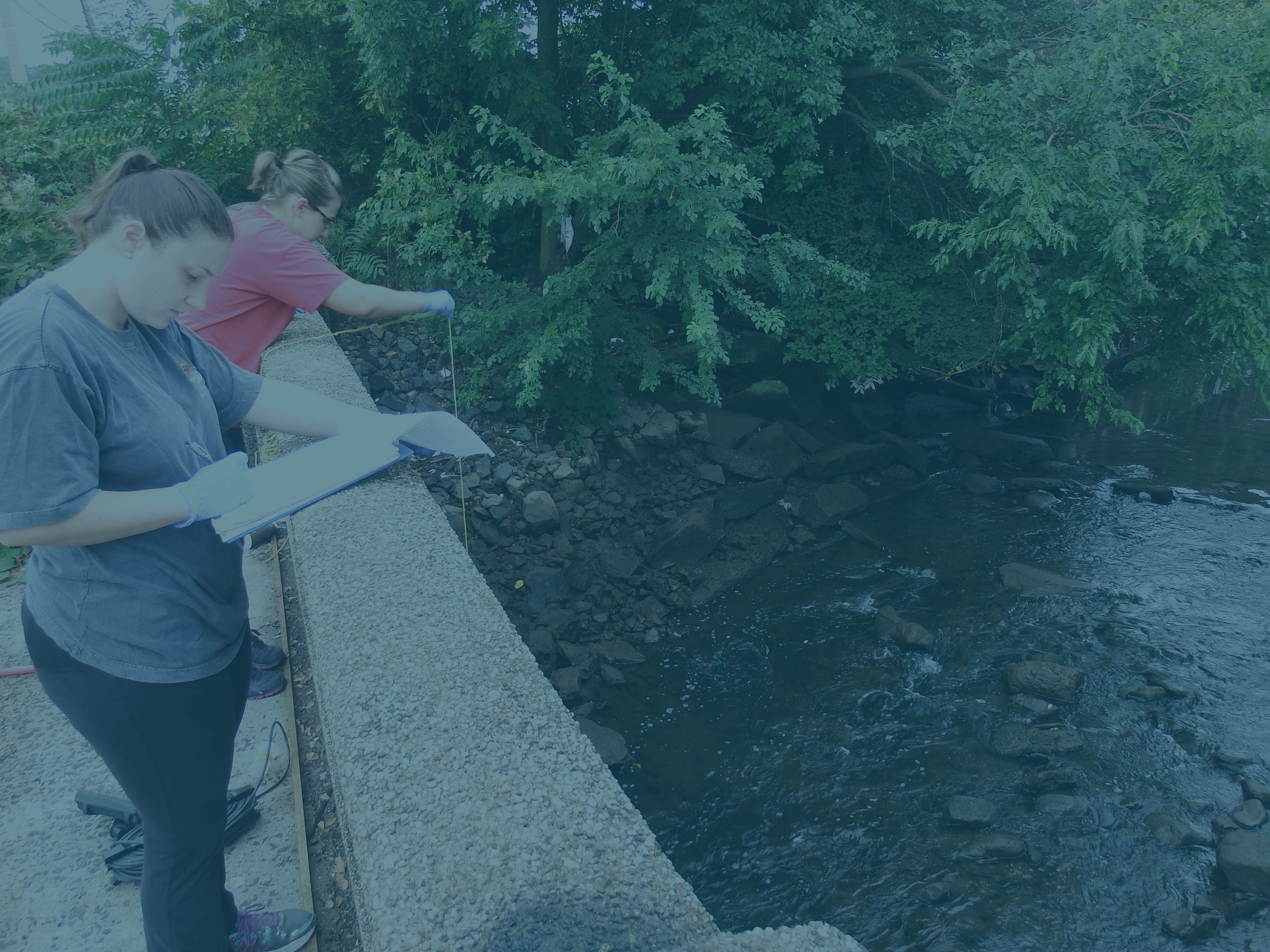
Hypoxia In Western Long Island Sound And Upper East River
The New England Interstate Water Pollution Control Commission (NEIWPCC) is a not-for-profit interstate agency established by an Act of Congress in 1947 (www.neiwpcc.org). NEIWPCC serves and assists its member states— New York, Connecticut, Maine, Massachusetts, New Hampshire, Rhode Island, and Vermont—by coordinating efforts that encourage cooperation among the states, developing resources that foster progress on water issues, representing the region in matters of federal policy, initiating and overseeing scientific research projects, training environmental professionals, educating the public, and providing overall leadership in water management and protection. For well over six decades, the Commission has managed interstate water conflicts by means of sound science, coordination, and adaptation. Since May 15, 2012, NEIWPCC has served as financial and program adviser to the Interstate Environmental Commission (IEC) to coordinate and fund efforts that benefit IEC jurisdiction's water quality, fisheries, wetlands, wildlife, and recreation.
The Interstate Environmental Commission is a tri-state water and air pollution control agency serving the States of New York, New Jersey, and Connecticut (www.iec-nynjct.org). Established in 1936, the IEC is the oldest regulatory and enforcement agency in the region. The Commission’s programs and activities reach far beyond its environmental mandates and date back to a time before state and national environmental entities were established.The Interstate Environmental Commission’s area of jurisdiction— the Interstate Environmental District— runs west from New Haven, CT and Port Jefferson, NY on Long Island Sound; west from Fire Island Inlet on the southern shore of Long Island incorporating a portion of the Atlantic Ocean; and south from the borders of Rockland and Westchester Counties on the Hudson River to Sandy Hook, NJ (Figure 1). With a commitment to environmental management from a regional perspective and supported by its nationally accredited environmental laboratory, the Commission, in cooperation with the environmental departments of its member states and numerous other environmental agencies, engages in a variety of programs that include, but are not limited to: research, regulation and enforcement, ambient water quality monitoring, compliance monitoring, CSO elimination, outfall reconnaissance inspections to detect and eliminate illicit discharges, and public education and outreach.
DOWNLOAD REPORT